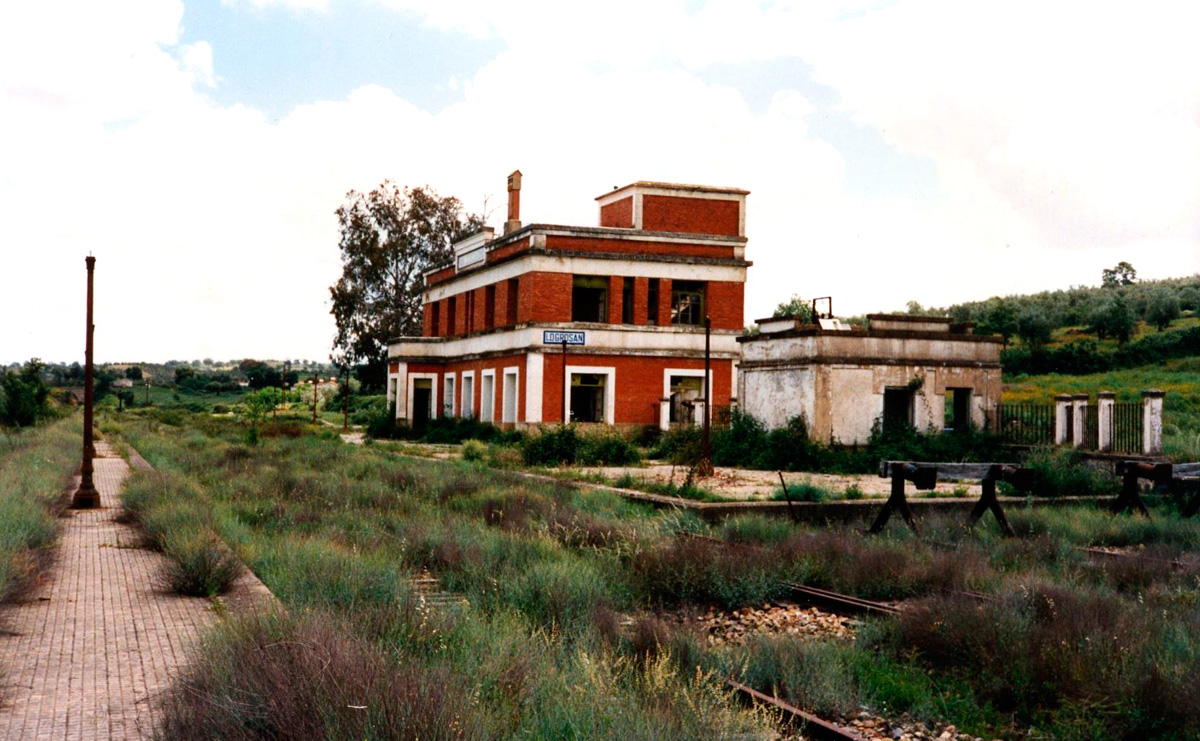Vegas del Guadiana Greenway Nature Trail
History of the Railway

There has been a railway presence in the region of Las Vegas del Guadiana since as early as 1865, when the tracks of the line connecting Madrid and Ciudad Real with Badajoz arrived here. For decades, the MZA company’s trains were the only ones operating in this area. However, something just over 50 km from Villanueva de la Serena Station caught the attention of railway businessmen: the phosphate mines in Logrosán, which started operating in 1917. This mineral proved to be miraculous for agriculture and “La Costanaza” mine –which is now open to the public and a highly recommended visit– stood out nationwide: up to its closure in 1946, 50% of total Spanish production of this fertiliser was extracted from its galleries. Connecting these pits with the rest of the railway network was therefore considered very interesting from a business point of view.
That same decade saw the creation of the Guadalhorce Plan, which was aimed at covering large areas of Spain lacking a railway and, at the same time, establishing a network based mainly on a radial design. The railway tracks would therefore not end in Logrosán but continue northwards, crossing the Caceres region of Las Villuercas and the Toledo region of La Jara before linking up, in Talavera de la Reina, with the Madrid-Caceres-Portugal railway line.
Construction got off to a quick start in this first section to Logrosán: it was the most profitable and the easiest to build. The railway line was completed by the late 1950s and started carrying trains loaded with materials for the next section under construction, as well as some agricultural traffic. However, paradoxically, this railway line never became commercially operational. In 1963, a World Bank report, which condemned many railway lines under construction to death at that time, also announced a tragic end for this one. Its sentence not only resulted in the abandonment of other more tender sections, but also dragged down this first section that was so close to entering service. In the 90s its rails were removed for other uses and, finally, it ended up becoming Extremadura’s first greenway.


